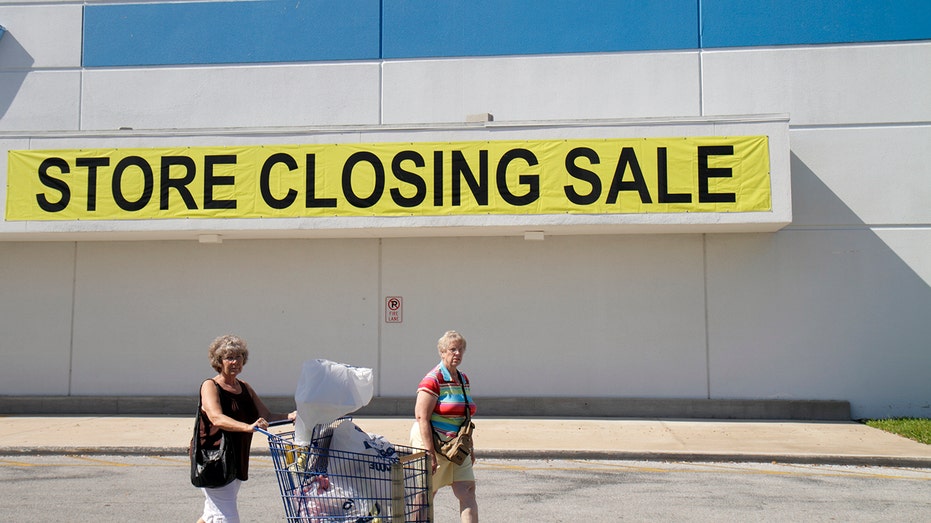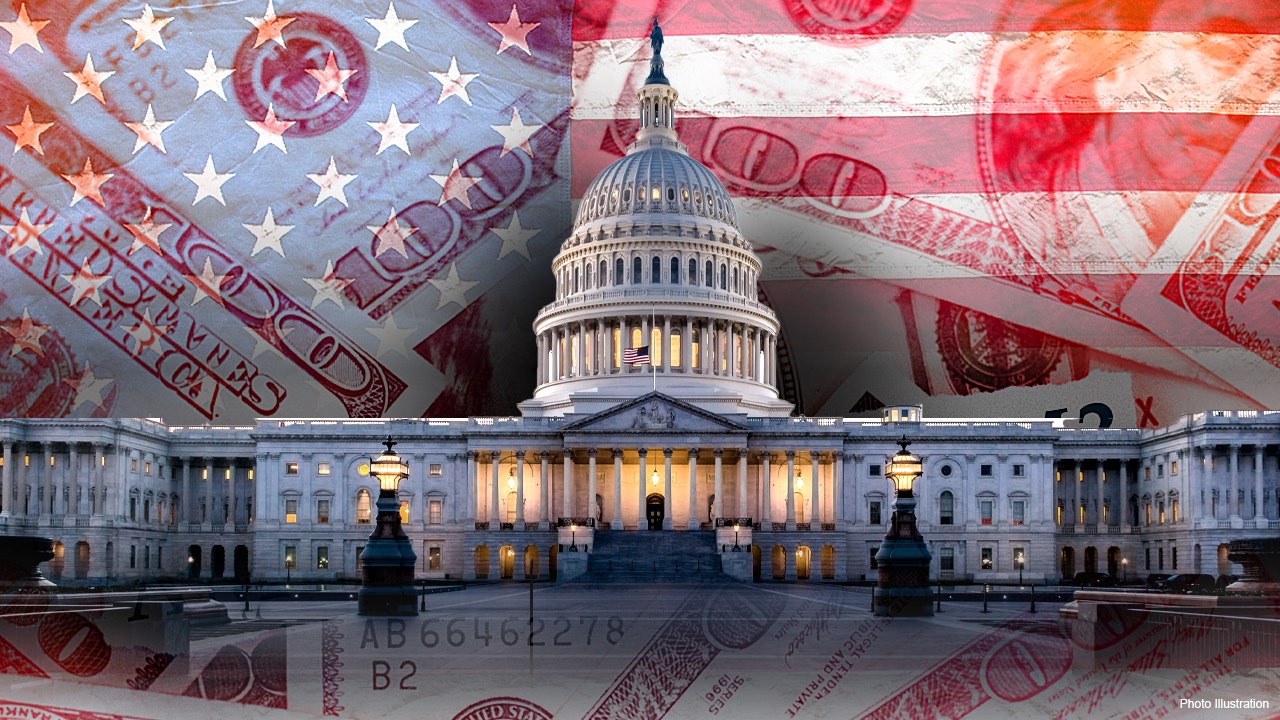‘The Coleman Show’ host Ken Coleman discusses the October jobs report, arguing it’s going to be interesting to see how these numbers will be adjusted.
U.S. retail closures have reached the highest level since the COVID-19 pandemic, according to recent estimates.
As of Nov. 8, retailers have announced 6,481 store closures, an increase of 336 closures in just the past week, according to the latest data from Coresight Research. The majority of these closures were driven by American Freight, which is shutting all 329 of its locations as part of its parent company’s bankruptcy proceedings.
Coresight also recorded 5,363 store openings this year as of Nov. 8, including 30 openings last week. However, closures are still outpacing openings, a shift from the trend of the past two years, John Mercer, Coresight’s head of global research, told FOX Business.
WHY NEIGHBORHOOD PHARMACIES ARE CLOSING
In 2021, closures exceeded openings by only 180 stores, and in 2020, the gap was much larger, with closures outpacing openings by nearly 6,000 stores.
As of Nov. 8, retailers have announced 6,481 store closures, an increase of 336 closures in just the past week, according to the latest data from Coresight Research. (Deb Cohn-Orbach/UCG/Universal Images Group via Getty Images)
Additionally, Coresight tracked 43 retail bankruptcies this year, a sharp increase from the 25 bankruptcies recorded in 2023.
Mercer cited multiple macroeconomic factors hindering retailers. While inflation has come down, consumers are looking at the prices rather than the rate of inflation, causing them to remain cautious regarding their spending, Mercer said.
At the same time, higher interest rates have hindered operations to some degree. If a retailer holds any debt, the cost of that debt will increase because interest rates are considered considerably higher than they were a few years ago, Mercer said.
WALGREENS TO CLOSE 1,200 STORES AS PART OF TURNAROUND EFFORT
“You see these pressures on both sides, and then you’ve got other costs feeding in,” Mercer said.
For instance, retailers are facing higher labor costs. Another challenge is ongoing weakness in the housing market, causing fewer people to move. The lack of movement in the market affects higher-ticket items such as furniture, home improvement, appliances and some electronics, he said.

A store closing sale sign outside Pottery World in Orlando. (Jeffrey Greenberg/Universal Images Group via Getty Images / Getty Images)
Macroeconomic pressures are also disproportionately impacting lower-income consumers, as seen in the companies most affected.
Mercer said prime examples of this are American Freight and Big Lots – shuttering stores as part of Chapter 11 bankruptcy proceedings. Both companies are heavily exposed to lower-income consumers and the struggling housing market, he said.
GET FOX BUSINESS ON THE GO BY CLICKING HERE
Big Lots filed for Chapter 11 bankruptcy protection in September to help facilitate the sale of “substantially all” of its assets to its “stalking horse bidder” Nexus Capital Management. It also announced plans to permanently close dozens of stores.
“There are cases where… these negative factors really have coincided and in some cases that’s compounded problems that retailers already had,” Mercer said.
In some cases, companies may not be in distress, but may need to rightsize.
“I think some of the drugstore closures come into this” category, he said.





